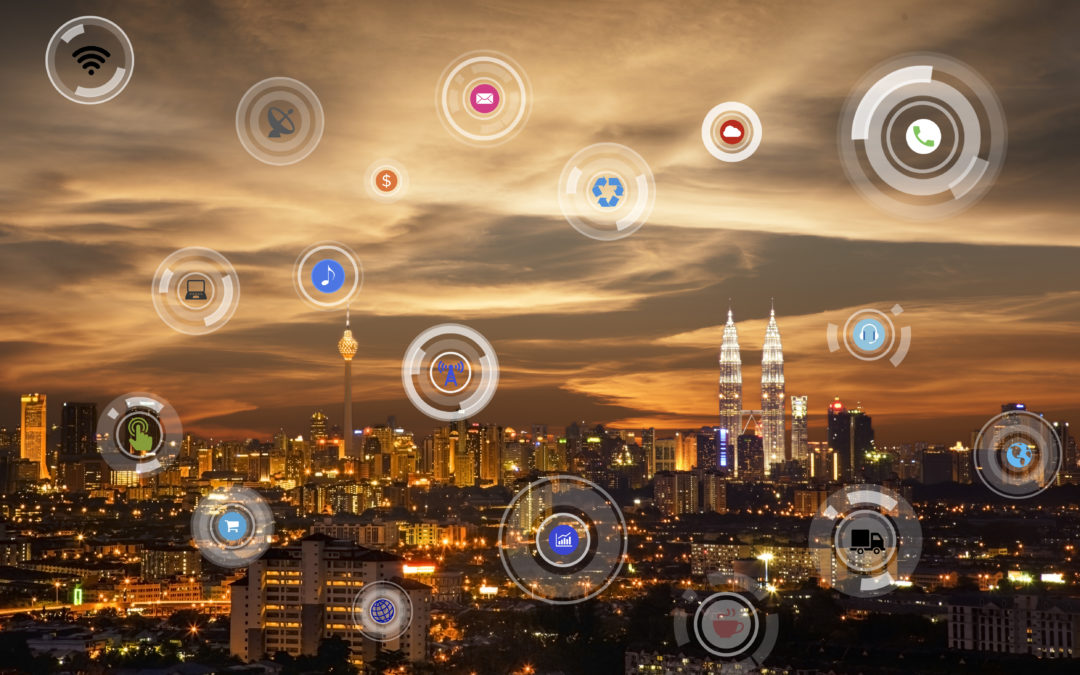If you’ve read about home automation at all, you’ve probably heard the term, “Internet of Things”. In fact, this phrase is becoming more and more widely used when discussing anything internet-related.
It’s truly mind-boggling to consider where the internet began. The progression of computers and communication was a slow one, beginning in the late 50’s. However, the development that prompts this conversation today occurred in 1991. A computer scientist named Tim Berners-Lee changed the face of computers, the internet, and all things involved when he introduced the World Wide Web. Before this, the internet was just a way to send a file from one computer to the next. The World Wide Web turned it into a widely accessible platform full of information from whoever added to it. Almost thirty years later, this remains as the basis of the internet. Additionally, various tools have been put in place to increase ease of use such as scrollbars, clickable links, search engines, etc. Now, today, it seems there isn’t anything the internet can’t do. Again, when you consider where this all started, the progress we’ve made is truly incredible.
The goal of the world wide web up until this point, to put it simply, has been to connect people in as many ways possible. Social networking sites, location services, and many other tools continue to revolutionize the level of communication we are constantly in with the rest of the world. The internet of things is the idea that now, instead of connecting people, we’re connecting…you guessed it, things. We are exploring and implementing ways to connect everything you can imagine to the internet. Most of it is being done through phone apps, as that is the way we are used to connecting at this point. So when you hear, “the internet of things” it is essentially the connection between you, your phone, and your possessions.
Can you think of anything that you would like to be able to control from your phone and/or computer? What is your most prized possession? Chances are it’s something of high dollar value, and it probably lives for the most part, in your home. One of the biggest benefits of home automation is the added security. Alarm systems, cameras, and the ability to control locks, doors, and lights from your phone are just a few examples of how home automation makes your home safer. So in the conversation surrounding the internet of things, home automation is not only an extension of that but also a way to protect everything within it.
The internet of things is expanding every day, from things as simple as kitchen appliances all the way up to your car, any device connected to the internet can be controlled from a remote location. The idea is to streamline as many of these items with one remote controlling them all, therefore simplifying multiple processes. These developments are affecting almost every industry, with predictions to get up to twenty-four billion devices within the internet of things by 2020.
Now, the question is, what items can you bring into the internet of things?

